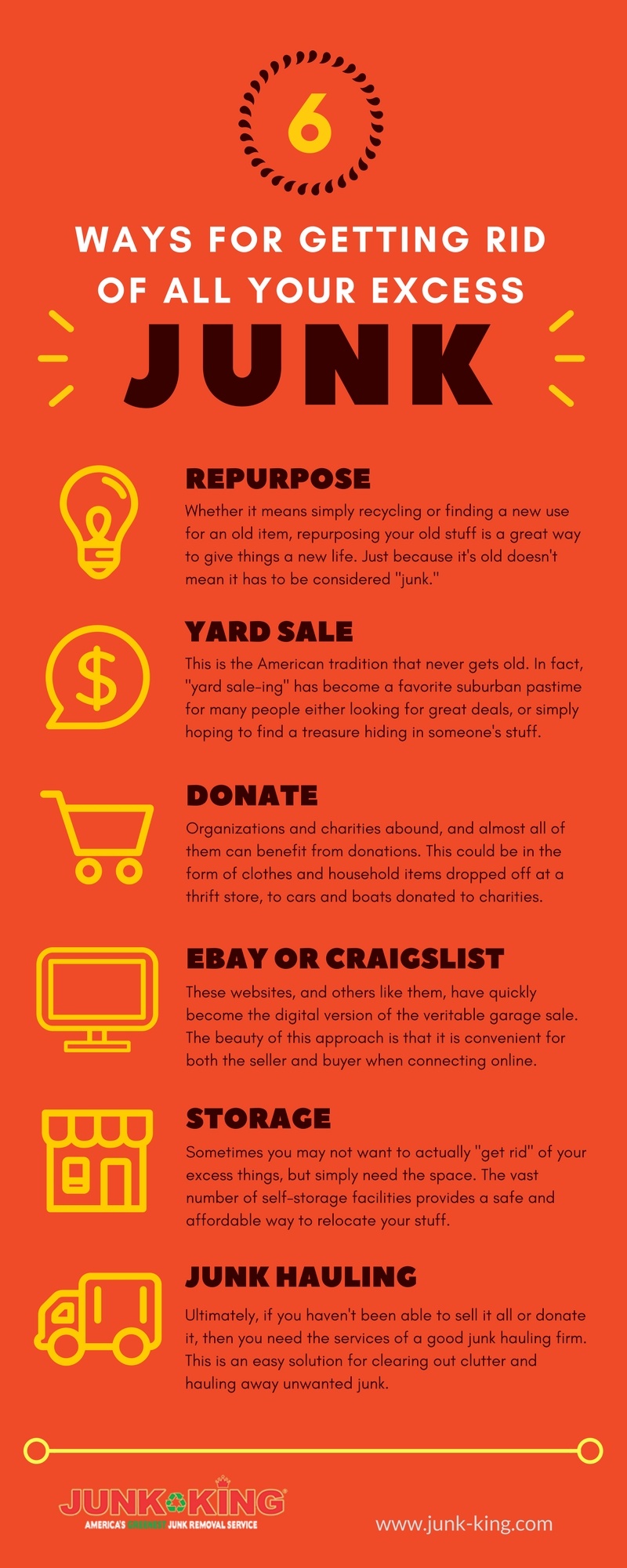Just How To Choose The Right Dumpster Size For Your Job: A Comprehensive Overview
Just How To Choose The Right Dumpster Size For Your Job: A Comprehensive Overview
Blog Article
Published By-Hahn Fisher
When starting a project that needs a dumpster, the size you select can substantially influence its efficiency and cost-effectiveness. Think of having the best container that accommodates all your waste without being excessively large or as well little. Everything beginnings with recognizing the nuances of your job and choosing a dumpster dimension that lines up with your details needs. So, prior to you choose, think about the variables at play to ensure a smooth waste management procedure throughout.
Aspects to Consider
When picking the right dumpster dimension, there are a number of key factors to consider.
Initially, think about the type of waste you'll be taking care of. Various materials may require varying amounts of space, so understanding what you'll be placing in the dumpster is crucial.
Next, assess the amount of waste you expect to generate. If on front page take too lightly the quantity, you may need to make numerous trips to dispose of every little thing, which can be troublesome and costly. On the other hand, leasing a dumpster that's also huge can lead to unnecessary expenses.
Furthermore, take into consideration the space where the dumpster will certainly be positioned. Guarantee there suffices space for the dumpster to be provided and gotten with no blockages.
Lastly, consider any weight limitations that may use. Going beyond the weight restriction can result in additional charges or even the rejection of service.
Dumpster Size Alternatives
For picking the ideal dumpster dimension, it's necessary to have a mutual understanding of the offered options. Dumpster sizes commonly range from 10 to 40 cubic lawns, with variations in between.
A 10-yard dumpster is suitable for little jobs like a garage cleanout or a small improvement. If you're dealing with a medium-sized task such as a cooking area remodel or a cellar cleanout, a 20-yard dumpster might be the best option.
For waste management bins like a whole-house restoration or commercial building, a 30 or 40-yard dumpster could be more suitable to accommodate the quantity of waste generated.
When picking a dumpster size, think about the amount and kind of particles you expect to take care of. It's much better to pick a somewhat bigger dimension if you're not sure to prevent overfilling. Keep in mind, it's even more affordable to rent out a dumpster that fits your needs rather than needing to order an additional one.
Matching Dimension to Task
Optimally matching the dumpster dimension to your project is crucial for reliable waste monitoring. To figure out the appropriate dimension, take into consideration the scope and nature of your job.
For tiny family cleanouts or restorations, a 10-yard dumpster might be sufficient. These are generally 12 feet long and can hold about 4 pickup loads of waste.
For bigger tasks like remodeling multiple rooms or removing a huge estate, a 20-yard dumpster could be better. These are around 22 feet long and can hold approximately 8 pickup truck loads.
If you're taking on a major construction project or business improvement, a 30-yard dumpster could be the best fit. These dumpsters are about 22 feet long and can accommodate about 12 pickup truck tons of particles.
Matching the dumpster size to your task guarantees you have enough space for all waste materials without overpaying for extra ability.
Conclusion
To conclude, picking the appropriate dumpster size for your project is crucial for efficient garbage disposal. By thinking about variables like the kind and quantity of waste, area availability, weight limitations, and budget plan restrictions, you can ensure you have the suitable dimension dumpster for your needs. Ensure to match the size of the dumpster to the extent and nature of your project to avoid overspending on unneeded costs.
